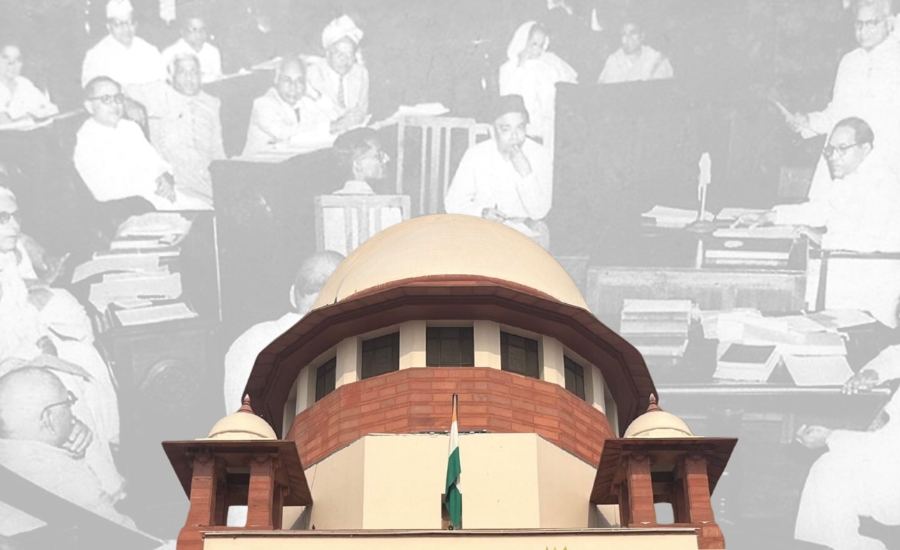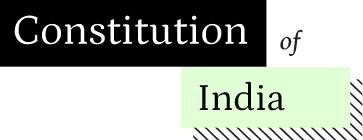
On May 24, 1949, the Constituent Assembly of India convened for a crucial debate on Article 103 of the Draft Constitution concerning the appointment and removal of Judges of the Supreme Court.
The initial draft of Article 103, specifically clause (4), laid out a mechanism for judicial removal:
‘a Judge of the Supreme Court could be removed only by an order of the President, issued after an address supported by “not less than two-thirds of the members present and voting” had been presented by both Houses of Parliament in the same session, on grounds of “proved misbehaviour or incapacity’
However, this proposed mechanism quickly became a focal point of contention. Tajamul Hussain introduced an amendment seeking to incorporate an additional layer of judicial scrutiny. He argued that before any parliamentary action could lead to a judge’s removal, “a Committee consisting of all the Judges of the Supreme Court had investigated the charge and reported on it to the President”. Hussain’s primary concern was to ensure judicial impartiality, preventing judges from being swayed by “party politics” or “the Government of the day”. He cautioned that if removal depended solely on Parliament’s recommendation, it could become “very easy” if the majority party was unfavorably disposed towards a particular judge. He emphasized that allegations against a judge required thorough judicial investigation first.
Further concerns about the influence of Parliament were voiced by R. K. Sidhwa. He worried about the practicalities and the potential for “outside influences” if the power of removal largely rested with the two Houses of Parliament. Sidhwa felt that such a process might make it “difficult to remove a Judge even if he is guilty,” citing a recent instance in the United Provinces where a judge was removed by the Governor-General based on circumstantial evidence for misbehavior. Rohini Kumar Chaudhuri also warned against granting Parliament excessive power in judicial matters, particularly concerning the confirmation or removal of judges, referencing Mr. Justice Beaumont’s observations about a perceived shift in the Congress’s stance on judicial independence after gaining power. He even remarked that allowing parliamentary confirmation could render an appointment “at the pleasure of the leader of the majority party”.
In an attempt to simplify the process, Mohd. Tahir proposed an amendment to clause (4) of Article 103, suggesting that the required parliamentary support for removal be reduced from “not less than two-thirds” of members present and voting to simply “a majority”.
Ultimately, Dr. B. R. Ambedkar, moving an amendment to clause (4) of Article 103, proposed a refined and strengthened parliamentary requirement for removal. This adopted amendment stipulated that the address to the President for removal must be “by each House of Parliament supported by a majority of the total membership of that House and by a majority of not less than two-thirds of the members of that House present and voting”. This amendment was adopted.
Conversely, Tajamul Hussain’s amendment, which advocated for a prior investigation by a committee of Supreme Court Judges, was negatived. Mohd. Tahir’s amendment to reduce the two-thirds requirement to a simple majority was also negatived . Professor K. T. Shah’s related amendment (No. 1858), whose precise content for removal was not detailed in the provided text, was withdrawn as it was deemed covered by “incapacity and misbehaviour” or other amendments.
This outcome reflected the Assembly’s decision to implement a rigorous parliamentary procedure for the removal of Supreme Court judges, necessitating a high voting threshold in both Houses and focusing on the grounds of proved misbehavior or incapacity, while explicitly rejecting the proposal for a prior judicial committee investigation. This approach aimed to strike a balance, ensuring judicial accountability while striving to preserve its independence from direct executive or political pressures.
